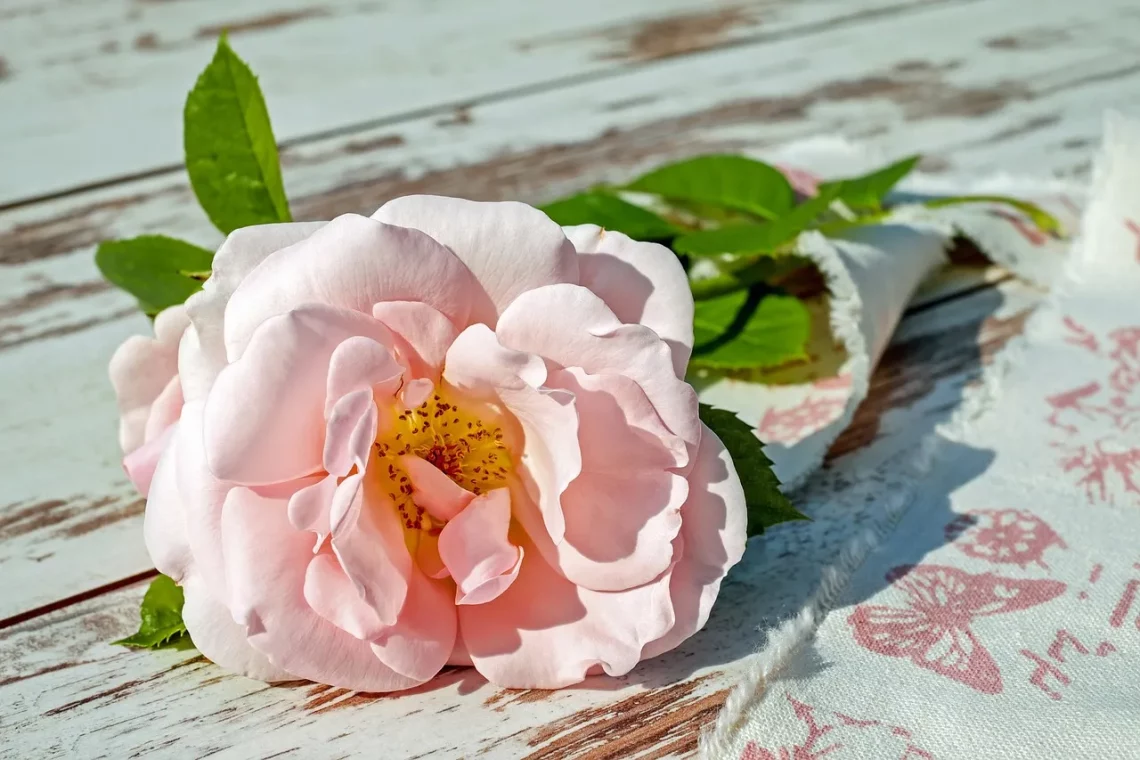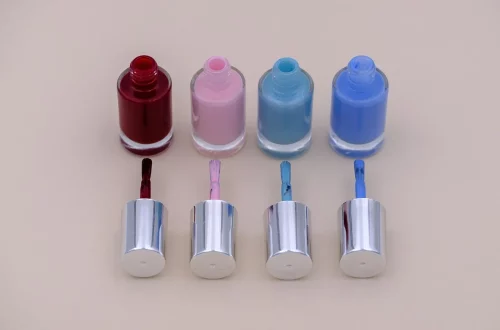
How to Identify and Treat Brown Spots on Rose Leaves
Brown spots on rose leaves can be a gardener’s worst nightmare. These unsightly marks not only detract from the beauty of your blooms but can also signal underlying issues that may affect the overall health of your roses. Understanding the reasons behind these brown spots is crucial for maintaining a vibrant and thriving garden. Environmental stressors, pests, and diseases are just a few of the factors that can lead to this problem. By being proactive and knowledgeable about your roses, you can take steps to identify the cause of the brown spots and implement effective treatments.
Gardeners often invest significant time and effort into cultivating their roses, so discovering brown spots can be disheartening. However, with the right approach, you can restore your plants to their former glory. Whether you are an experienced rose enthusiast or a novice gardener, recognizing the signs of trouble early on is essential. This article explores various causes of brown spots on rose leaves and provides practical advice on how to treat and prevent these issues. By employing good gardening practices and staying vigilant, you can ensure your roses remain healthy and beautiful throughout the growing season.
Common Causes of Brown Spots on Rose Leaves
Brown spots on rose leaves can be attributed to several common factors, each requiring specific attention. One of the primary culprits is fungal infections, which thrive in humid conditions. Diseases like black spot and powdery mildew often manifest as brown or black spots on leaves, leading to premature leaf drop and weakened plants. These fungal issues can be exacerbated by overcrowding, poor air circulation, and inadequate sunlight.
Another frequent cause is environmental stress. Roses are sensitive to changes in temperature, humidity, and water availability. Overwatering or underwatering can result in leaf spots as the plant struggles to maintain balance. Additionally, nutrient deficiencies, particularly a lack of potassium or magnesium, can cause discoloration in foliage, leading to brown spots.
Pest infestations also play a significant role in the health of rose leaves. Insects such as aphids, spider mites, and thrips can damage leaves, resulting in spots and discoloration. These pests feed on the sap of the plant, weakening it and making it more susceptible to diseases. Regular monitoring for pests is crucial to catch infestations early.
Lastly, improper care and maintenance practices can lead to brown spots. This includes using contaminated tools or soil, neglecting to prune dead or diseased branches, and failing to provide adequate spacing between plants. Understanding these common causes is the first step toward effective treatment and prevention.
Identifying the Type of Brown Spots
Once you notice brown spots on your rose leaves, the next step is to accurately identify the type of spots and their underlying cause. The appearance, size, and distribution of the spots can provide valuable clues. For instance, fungal infections often present as round, dark spots with fringed edges. If you see yellowing around the spots, it may indicate a specific type of fungal disease, such as black spot, which is notorious for spreading rapidly if not addressed.
In contrast, spots caused by environmental factors tend to appear more irregular and may vary in size. For example, water stress often leads to browning at the leaf tips, while nutrient deficiencies may cause spots with a yellowish appearance.
Pest-related damage can also manifest in various ways. For example, spider mites typically cause stippling or tiny yellow spots, while aphids may lead to curling leaves accompanied by brown spots. Observing the pattern of the spots on the leaves, as well as any additional signs such as webbing or a sticky residue, can help you pinpoint the issue more effectively.
Conducting a thorough inspection of your plants is essential. Look not just at the leaves but also at the stems and the undersides of the leaves, where pests often hide. By taking the time to identify the specific type of brown spots, you can tailor your treatment plan to address the root cause effectively.
Treating Fungal Infections on Roses
If you’ve determined that fungal infections are the cause of the brown spots on your rose leaves, prompt treatment is crucial to prevent further damage. The first step in treatment is to improve air circulation around your plants. This can be achieved by pruning back dense foliage and ensuring that your roses are spaced adequately apart. Improved airflow helps reduce humidity levels, making it less conducive for fungal spores to thrive.
Next, consider using fungicidal treatments. There are numerous fungicides available, both chemical and organic. For instance, neem oil is a popular organic option that can help combat various fungal diseases while being safe for beneficial insects when applied correctly. Always follow the manufacturer’s instructions for application rates and timings. It’s also beneficial to apply fungicides preventively during the growing season to ward off potential infections before they start.
In addition to chemical treatments, cultural practices play a vital role in managing fungal infections. Regularly remove fallen leaves and debris around your plants, as these can harbor fungal spores and lead to reinfection. Water your roses early in the day to allow leaves to dry quickly, reducing the risk of fungal development.
Lastly, consider implementing a balanced fertilization regimen to bolster your plants’ overall health. Healthy plants are more resilient to diseases, so ensuring they receive the right nutrients will make them better equipped to fend off infections in the first place.
Addressing Pest Infestations
If pests are the source of your rose leaf issues, immediate action is necessary to control the infestation before it escalates. Begin by identifying the type of pest affecting your roses. If you spot aphids, you might notice them clustering on new growth and causing leaves to curl. Spider mites, on the other hand, often leave fine webbing and cause stippling on the leaves.
Once you’ve identified the pest, you can choose an appropriate treatment method. For minor infestations, a strong stream of water can dislodge pests from the leaves. This is particularly effective for aphids and spider mites. In cases where infestations are more severe, insecticidal soap or neem oil can be used. These treatments are generally safer for beneficial insects than traditional pesticides and can be very effective.
Another important step is to encourage beneficial insects, such as ladybugs and lacewings, which can naturally help control pest populations. Planting companion plants that attract these beneficial species can create a more balanced ecosystem in your garden.
Regular monitoring is key to preventing pest problems in the future. Check your plants frequently, especially during the growing season, to catch any infestations early. Keeping your roses healthy through proper watering, fertilization, and pruning will also make them less susceptible to pests.
In summary, addressing pest infestations requires a combination of identification, treatment, and preventive measures to protect your roses from brown spots caused by these unwanted guests.
**Disclaimer:** This article is intended for informational purposes only and should not be considered medical advice. For any health concerns, please consult a qualified healthcare professional.




